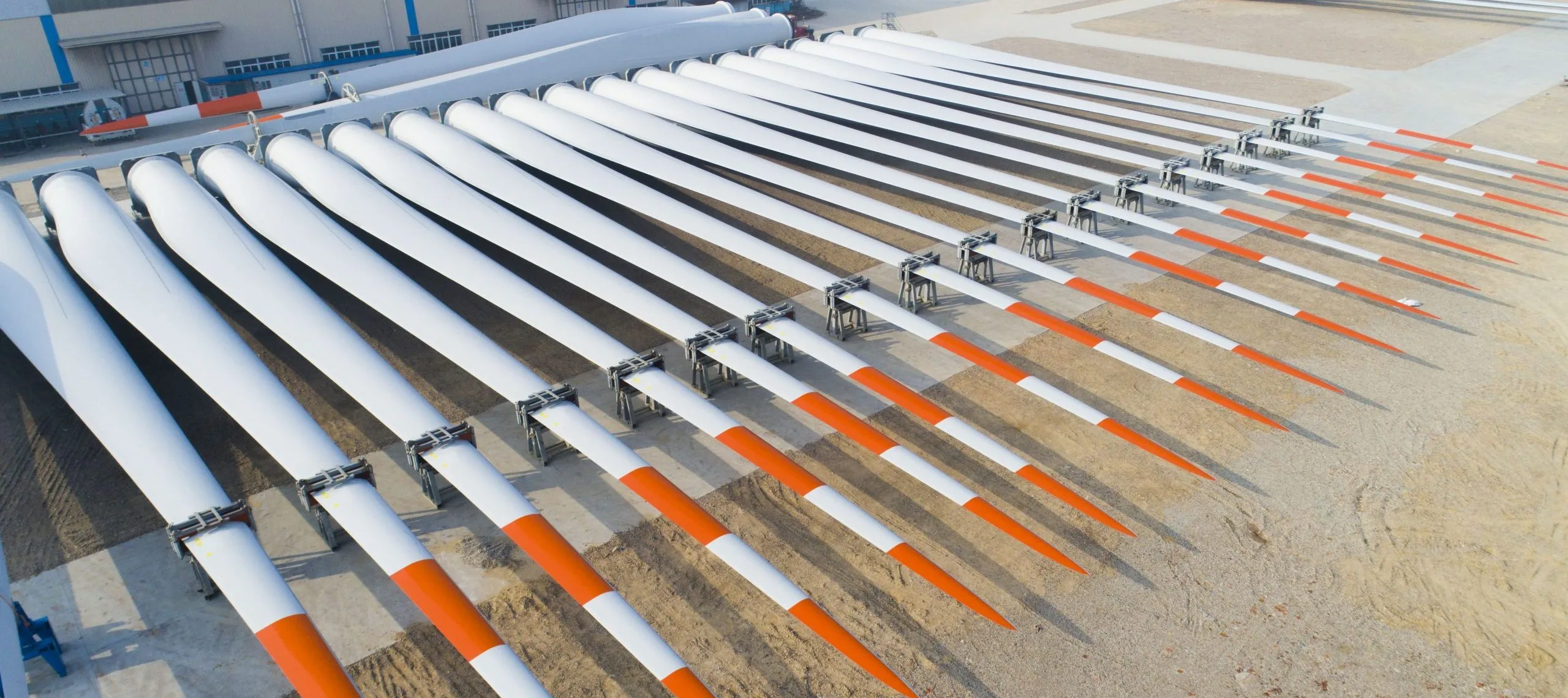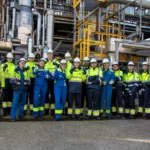
Brussels, 26 May 2020 – WindEurope, the European Chemical Industry Council (Cefic) and the European Composites Industry Association (EuCIA) present their recommendations for the recycling of wind turbine blades in their new report ‘Accelerating Wind Turbine Blade Circularity’.
Today around 85 to 90% of wind turbines’ total mass can be recycled. But turbine blades represent a specific challenge. Made from complex composite materials to allow for lighter and more durable blades, they require specific processes for recycling.
“Investing in renewable energy production and circular solutions should be one of the key drivers of the post-COVID-19 economic recovery,” Cefic Director General, Marco Mensink explains. “I am very proud of the partnership we have built with the wind energy supply chain to come up with an effective solution to recycling wind blades. This shows that cross-industry and value chain alliances are a very powerful tool for speeding up innovation and scaling up cutting edge technologies”.
WindEurope CEO, Giles Dickson said: “The first generation of wind turbines are now starting to come to the end of their operational life. Many of them will be replaced by modern, more efficient turbines. We estimate that 14,000 wind turbine blades will be decommissioned in Europe by 2023. The recycling of these old blades is a top priority for us, as we are committed to the principles of a circular economy. Our collaboration with Cefic and EuCIA is key to scaling up the necessary recycling technologies and value chains.”
“We are committed to support the composites industry in finding reliable recycling technologies”, adds Roberto Frassine, President of EuCIA. “Our collaboration with WindEurope and Cefic is a great example of how we can make progress towards establishing solutions that are both sustainable and economically viable. EuCIA has been working hard to better estimate the amount of end-of-life waste of composites in Europe. Through WindEurope we were able to validate our findings for wind markets, which will be the basis for further strategic programs and actions to promote composites recycling.”
Key conclusions from the report
- There are various existing technologies to recycle wind turbine blades, but these solutions are not yet all available at industrial scale and economically competitive.
- Today, the main technology for recycling composite waste is through cement co-processing. WindEurope, Cefic and EuCIA strongly support increasing and improving composite waste recycling through the development of alternative recycling technologies. This requires increased research and innovation funding.
- At the same time existing treatment routes such as cement co-processing must be deployed more widely to deal with the growing waste streams.
- The best strategy for wind turbine blades is one that combines design, testing, maintenance, upgrades, and the appropriate recycling technology to ensure the maximum value of the material is retrieved throughout its lifetime. This requires a better understanding of the environmental impacts associated with the choice of materials during design and with the different waste treatment methods at end-of-life.
- Finally, composite recycling is a cross-sector challenge. An active engagement from all the composite-using sectors and authorities is required to develop cost-effective solutions and strong European value chains.
Background
Composite materials are being recycled today through cement co-processing, where the mineral components are reused in the cement, and the organic fraction replaces coal as a fuel. Through that process, the CO2 output of the cement manufacturing process can be significantly reduced (up to 16 % reduction is possible if composites represent 75 % of cement raw materials). Cement co-processing is commercially available for processing large volumes of waste (albeit not in all geographies).
Besides recycling through cement co-processing, alternative technologies like mechanical recycling, solvolysis and pyrolysis are being developed, ultimately providing the industry with additional solutions for end-of-life.
The EU must prioritise R&I funding to diversify and scale up recycling technologies and to develop new, high-performance materials for blades with enhanced circularity as part of the next R&I framework programme, Horizon Europe. This is critical to Europe’s technology leadership as we transition from a linear to a circular economy.










